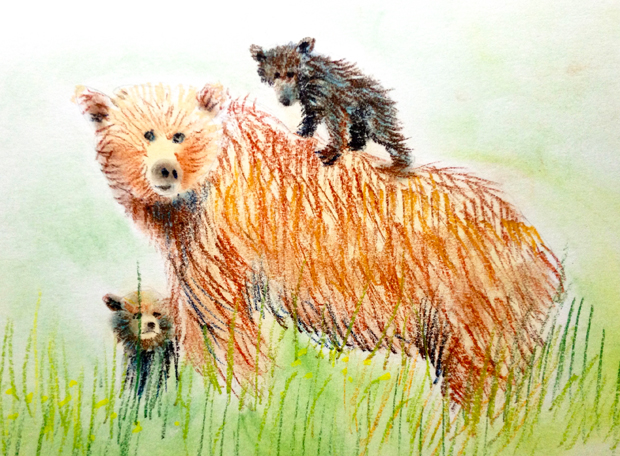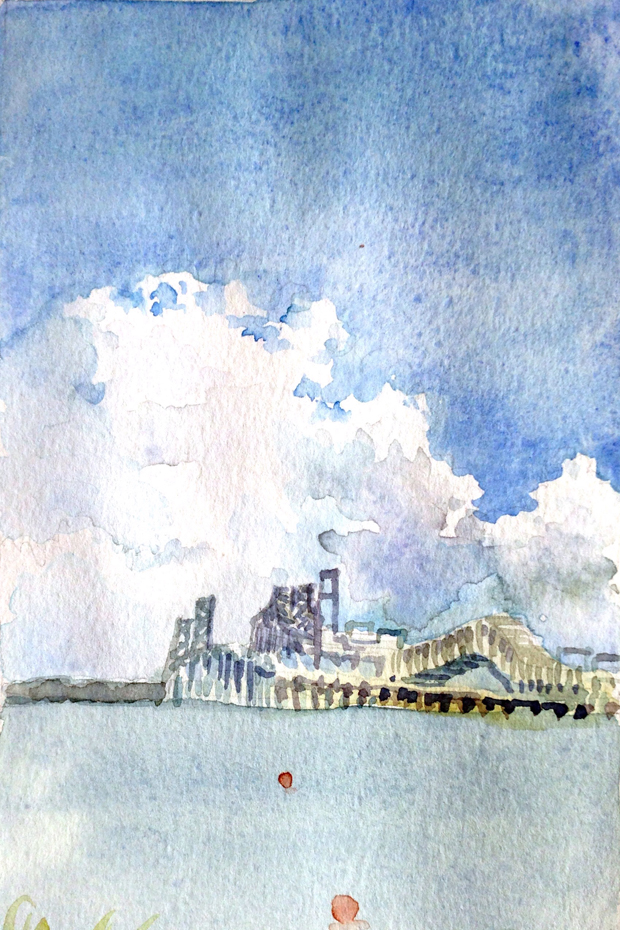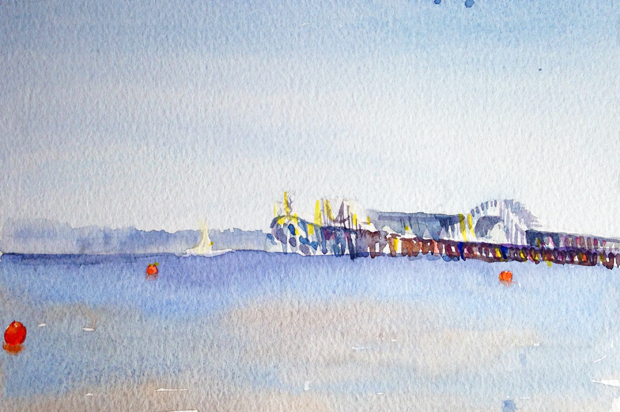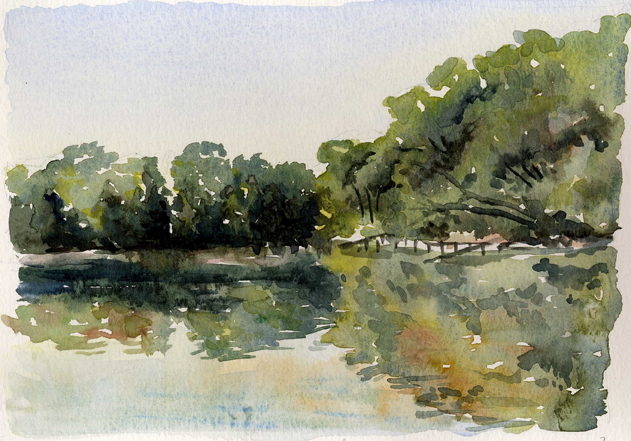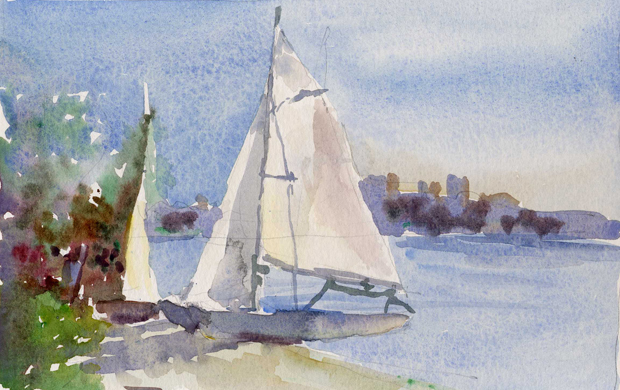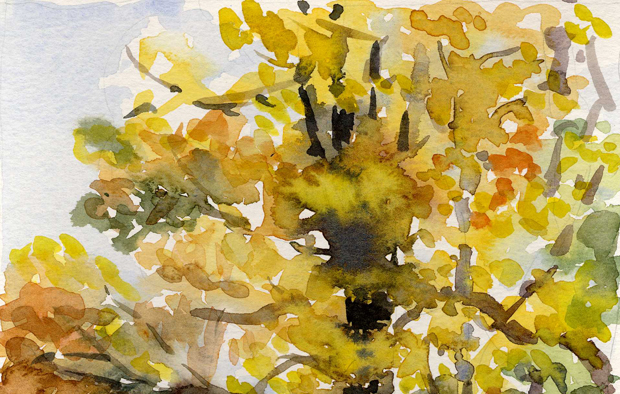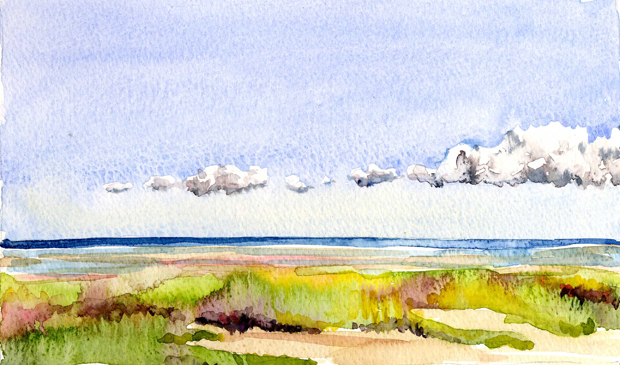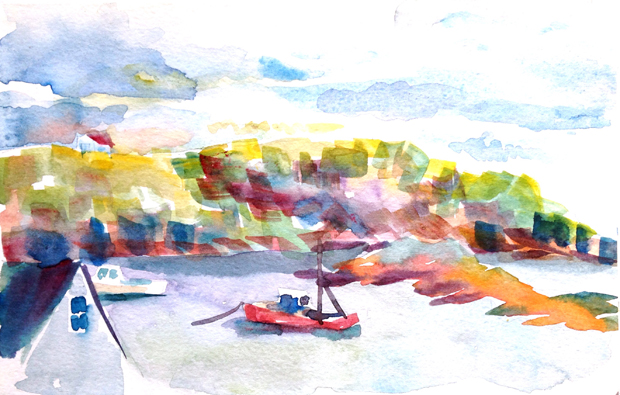I am one of those cautious people who resist speed. I harden up in fear and can’t relax into it, let alone feel the thrill and joy of being on the edge or out of control. I had a flash of insight this morning after a heart-opening yoga class that my problem with speed extends to a wish to stop time from passing so quickly. The correlation drew me in and showed me something surprising.
I had had a late night, one of those unavoidable parenting experiences that at first I resisted. Once I acquiesced, the night was quite revealing. Our 13-year-old son had taken the light rail with a friend downtown, to attend the Orioles game. The O’s (who’ve been in a long downhill slide since July) scored ten runs in the bottom of the eighth inning. That’s two grand slams and a couple more homers just for good measure. All those at-bats take a lot of time. My son’s friend had already fielded his own father’s warning that they must leave after the seventh inning or find another way home. The friend volunteered me; they stayed, and were rewarded with a spectacular homer-fest. Continue reading

